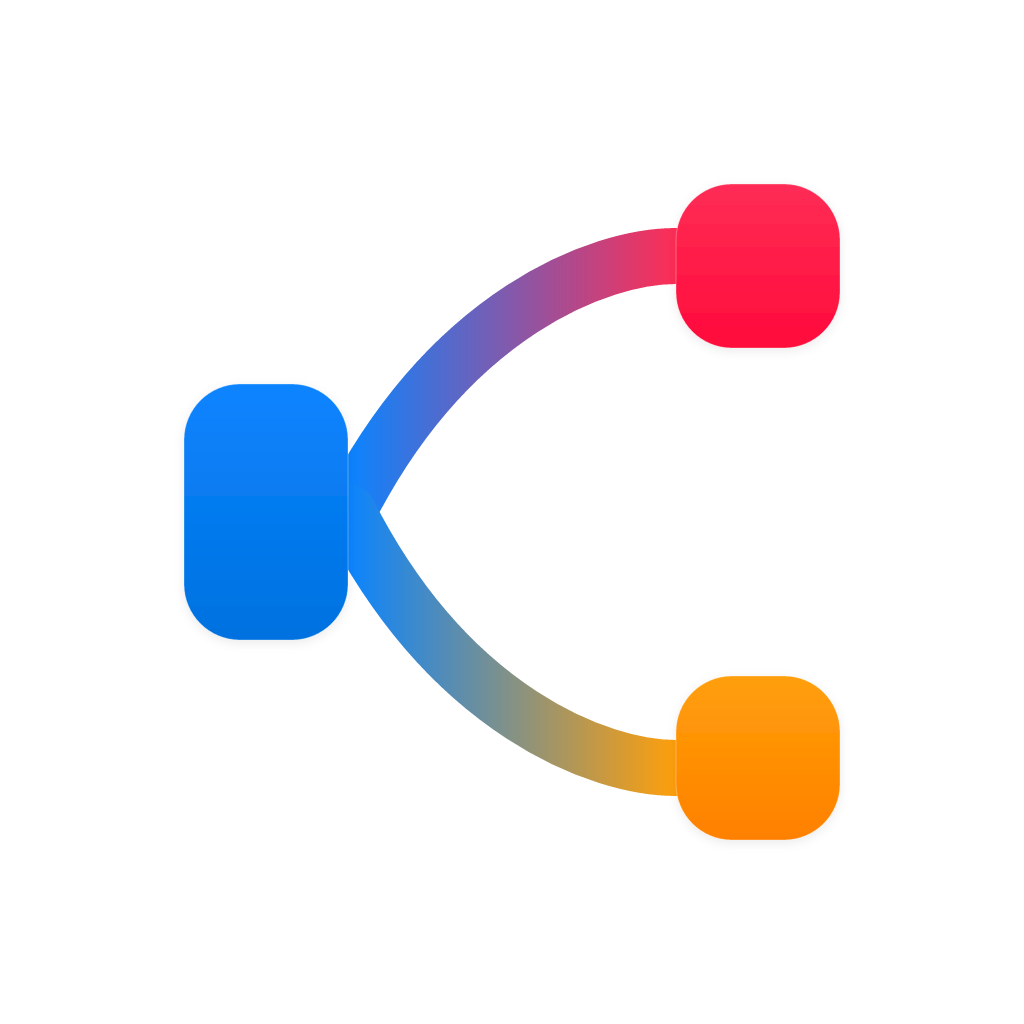Mastering Sankey Diagrams: Enhancing Visual Data Representation for Better Insights
Understanding Sankey Diagrams: Origin, Importance, and Usage
Sankey diagrams gained prominence as a visualization tool when William Kingdon Clark first unveiled them in the late 18th century. These diagrams present a series of flowing lines within geometric flows, indicating the distribution or allocation of resources between interconnected nodes. They are particularly useful for depicting energy flow diagrams, supply chain analyses, and environmental impact studies due to their effectiveness in simplifying and clarifying complex relationships and patterns. By visualizing the direction, volume, and flow of resources between different entities, Sankey diagrams offer an intuitive platform to understand how quantities move through systems.
Creating Sankey Diagrams: Simple Steps and Tips for Clarity
Crafting a Sankey diagram requires a strategic approach and the use of various data visualization tools. Essential steps include:
1. Data Collection & Preparation: Gather all relevant data on the sources, destinations, and flows of items or processes within the targeted system.
2. Choose a Tool: Select a software that supports Sankey diagrams, such as Tableau, PowerBI, or R programming environment (ggplot2 or DiagrammeR packages).
3. Creating Nodes: Define entities in your data that will represent starting points (sources) and ending points (targets) for items or processes.
4. Plotting Flows: Connect nodes with lines (arrows) representing the volume and direction of flow. Ensure the volume of lines visually matches the data values, allowing for easy interpretation.
5. Color Management: Assign unique colors to different flows, nodes, and groups to easily distinguish between categories and highlight specific processes and transformations.
6. Enhancing Readability: Add labels to nodes and lines as necessary to provide context and clarity about quantities and relationships.
7. Interactive Elements & Automation: Depending on your tool, incorporate interactive features or automation capabilities for smoother navigation and data analysis.
Effective Use of Sankey Diagrams in Decision Making
Sankey diagrams play a crucial role in enhancing data-driven decision-making processes across sectors, including:
– **Industries**: Companies can utilize these diagrams to analyze their supply chain routes, optimize resource allocation, and pinpoint inefficiencies in production processes.
– **Healthcare**: Hospitals and healthcare providers can apply Sankey diagrams to optimize patient flow, resource management, and treatment outcomes by visualizing patient progress and resource utilization.
– **Education**: Educational institutions can examine student pathways (enrollment to graduation), resource allocation within departments, or the allocation of external funds for grants or scholarships.
– **Environmental Management**: Governments, non-profit organizations, and corporations can use Sankey diagrams to evaluate the flow of environmental policies, resource consumption, waste production, and their impact on ecosystems.
Improving Communication with Sankey Diagrams
To convey crucial insights and drive meaningful conversations with stakeholders, effective communication strategies are paramount:
– **Limit Complication**: Ensure clarity and simplicity in your diagram by avoiding excessive labels, overly complex patterns, and unnecessary color variation.
– **Focus on Key Messages**: Highlight crucial information using color emphasis, arrow size, and node shapes that emphasize important data values or categories.
– **Interactive and Engaging Design**: Incorporate interactive elements such as zooming, highlighting, and tooltip descriptions for easy access to information.
– **Tailor Presentation**: Adapt your Sankey diagrams to specific audiences, providing additional context or explanations for non-expert viewers to enhance comprehension and engagement.
Latest Trends and Innovations in Sankey Diagram Creation & Analysis
Advancements in data visualization technology have revolutionized the possibilities for working with Sankey diagrams:
– **Automation Tools**: Software now features automated functions that suggest the best visualizations based on your data, simplifying the creation process for users with limited expertise in graphic design.
– **Interactive Elements**: Modern tools offer dynamic features that include tooltips, clickable labels, and pan/zoom capabilities for a more engaging user experience.
– **AI & Machine Learning**: Some platforms are integrating AI algorithms to suggest creative layout designs, optimize flow visualization, and assist in data interpretation during the process.
– **Interactive Dashboards**: Development of interactive dashboards, wherein Sankey diagrams are included among other visualizations, for real-time tracking and in-depth analysis.
In conclusion, Sankey diagrams have evolved into an invaluable tool for visualizing complex data relationships and flows, empowering users across various fields to gain meaningful insights, optimize processes, and improve decision-making. With appropriate tools and strategies, anyone can take advantage of the benefits of incorporating Sankey diagrams into their data analysis toolkit, making them an essential part of the new era of data-driven decision-making and effective communication.

